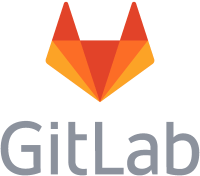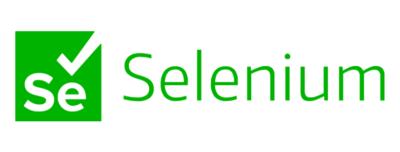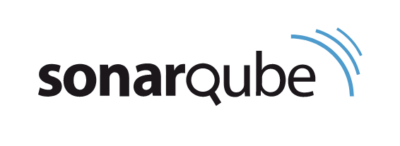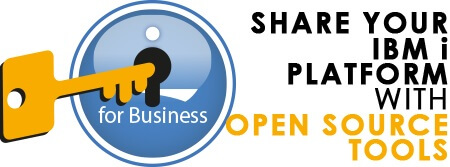IBM continues to encourage greater and more extensive use of open source tools on the IBM i platform. This has helped IBM i become more popular, less “proprietary” and more accessible to young generations of developers. Further, it has opened the platform to a vast software offering produced via the open source model. Indeed, the range of programs available under the 5733-OPS license has given us the most popular base compilers and tools we needed to share with this community.
The gains from openness work in both directions!
The IBM i brings a strong operational dimension to the open source community, and all the benefits of this extraordinary production platform: top-ranking scalability, high performance database, record availability rates…
But more importantly, this openness helps consolidate, and even enhance, the value of our existing applications on IBM i. When modernizing a legacy application which has been serving the business well for decades, it is important not only to render the application more “agile” and more responsive to constantly changing demands, but the tools themselves must also be able to keep up. Development tooling must be capable of managing the delivery speed and frequency required by the new economy.
One major and steadily growing movement is at the heart of this renewal in development methodologies: it’s DevOps. On IBM i, and with our experience since its origins, we work this subject daily with our customers. It is now fairly common to see Dev and Ops teams tightly linked in the delivery cycle, at least with small to medium sized development organizations. However larger organizations still often have quite rigid structures with a clear separation between Dev and Ops roles.
But DevOps in practice is more than this. It means a continuous flow from a business request through to production. There are several open source tools that are central to this new wave. Take Git for example – it is one of, if not the most popular source code management servers today, and has been available on IBM i for some time already. You can therefore install a Git server on one of your development partitions and manage your “version control” with all the added security of the IBM i. Git is very well suited to DevOps, and several vendors (such as GitHub) have added a methodology and collaborative layer right in line with the reactivity and security demands of today. And the so-called “traditional” development on IBM i (RPGLE, COBOL etc.) is not left behind. With ARCAD for DevOps, ARCAD brings all the complementary technology needed for optimal use of Git in native development on IBM i.
This approach means you can take advantage of the new open source tools for all of your software development. For example, by using JIRA for project management across all of your teams, adopting an agile development cycle and one single and unique tool for source code management, you can rapidly improve knowledge sharing and collaboration within multi-technology projects. Using common processes and tools such as Jenkins for managing the “Build” and the orchestration of deployment, you pave the way to Continuous Integration and Continuous Deployment (CI/CD), and all the benefits in faster, higher quality software delivery that this new model can bring.
The official release of open source tools by IBM has made the IBM i platform “open to all”. ARCAD puts all of its weight behind this movement by supplying the technology needed to achieve a DevOps approach on IBM i. In this way we break the barriers between the so-called “traditional/native” and “modern” development to unify teams and join forces in engaging IT to address the needs of the market.

REQUEST A DEMO
Let’s talk about your project!
Speak with an expert





















